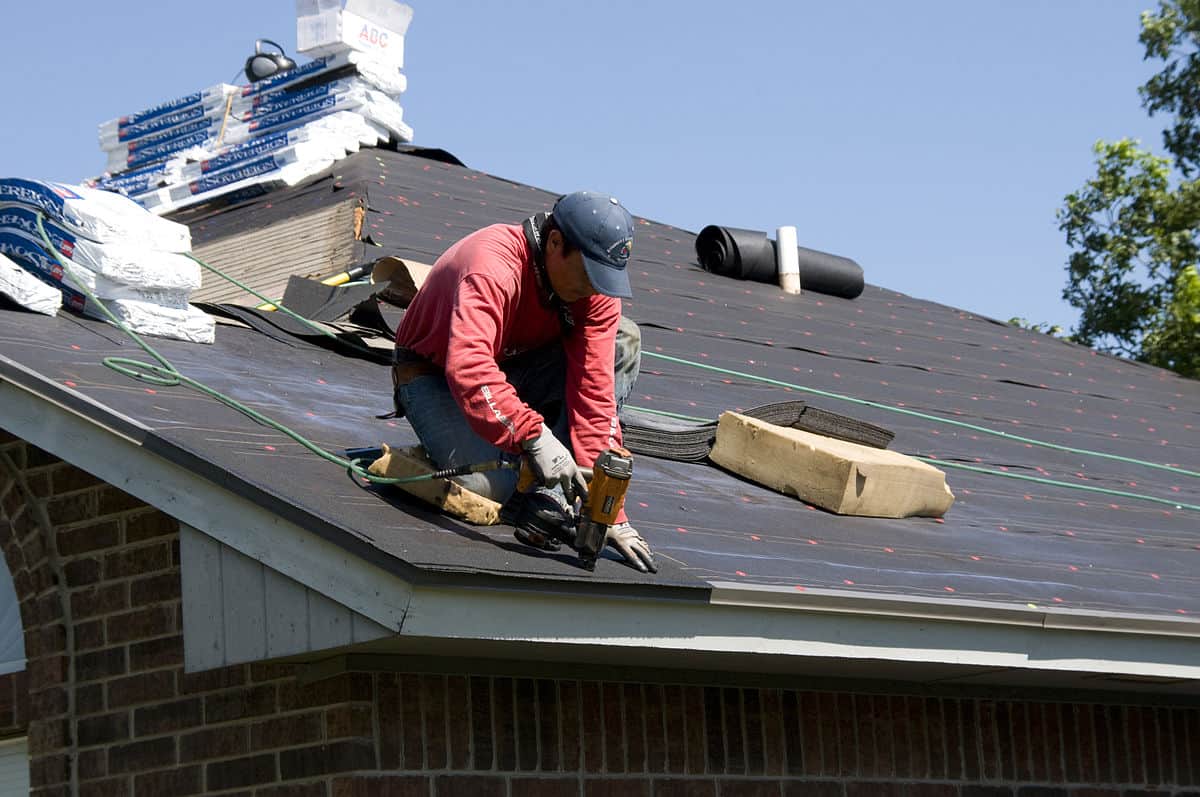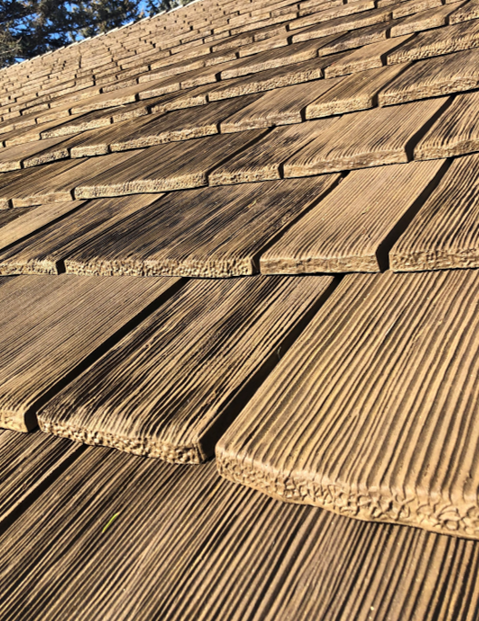Ideal Practices for Ensuring Appropriate Roof Covering Ventilation
Making certain appropriate roof covering ventilation is essential for the long life and effectiveness of a roof system. A balanced consumption and exhaust air vent proportion, frequently 1:300, plays an essential role, with intake vents preferably put at the lower side of the roof covering for awesome air access and exhaust vents at the top for cozy air exit. Routine examinations to determine blockages and maintain clear air flow are vital. Maintaining insulation away from vents is critical to protect against airflow constraint. Recognizing these foundational aspects sets the phase for even more detailed insights right into installment and maintenance techniques that can considerably improve your roof system's performance.
Understand Air Flow Fundamentals
Appropriately comprehending air flow fundamentals is vital for guaranteeing the long life and effectiveness of roofing systems. Effective ventilation minimizes moisture buildup and temperature level extremes in the attic, both of which can lead to significant structural damage over time. A well-ventilated roof aids in preventing typical concerns such as mold and mildew growth, timber rot, and ice dams, which can jeopardize the integrity of the roof materials and the underlying frameworks.
The primary objective of air flow is to assist in the motion of air, enabling a regular exchange between the outside and indoor settings. This equilibrium is achieved via a combination of consumption and exhaust vents that interact to keep ideal air movement. Intake vents, usually located along the soffits or eaves, enable fresh air to enter the attic room space, while exhaust vents, typically located at or near the roofing ridge, make it possible for hot, damp air to escape.
Key aspects affecting the performance of roof covering air flow consist of appropriate positioning, appropriate sizing, and ensuring that both consumption and exhaust vents are unobstructed. Regular examination and upkeep are crucial to recognize prospective blockages, damages, or ineffectiveness in the ventilation system, consequently safeguarding the roof covering's performance and longevity.
Types of Roof Covering Vents
Roof covering vents play an important role in maintaining efficient attic room ventilation and, by expansion, the general health and wellness of the roof covering system. Various kinds of roof vents are available, each with special advantages customized to particular roof requirements.

Soffit vents are set up under the eaves and operate in tandem with roofing vents to make certain a balanced consumption and exhaust system. By permitting cooler air to get in from below, soffit vents assist in the expulsion of warm air via top vents. Gable vents, located on the outside wall surfaces of the attic room, deal another efficient option, particularly in homes with saddleback roofs.
Examine Your Present Air Flow

Next, take into consideration the age and condition of your roof materials and ventilation components. Older systems may not follow existing building ordinance or might have degraded in time, reducing their efficiency. Conduct a comprehensive exam to recognize any type of indicators of deterioration, such as rust, damage, or gaps that can endanger the system's performance.
Additionally, determine the attic temperature and moisture levels. High temperatures and humidity can show inadequate ventilation.
Installment Best Practices
Effective installation of roof covering air flow systems is paramount for ensuring optimal performance and durability. Proper installment begins with comprehending the particular air flow needs of the structure and the roofing system it covers. This includes computing the right ratio of intake to tire vents, commonly sticking to the 1:300 regulation, which specifies one square foot of ventilation for every 300 square feet of attic floor space.

Intake vents must be installed at the roofing system's reduced side, frequently in the soffits, to allow awesome air to enter. Exhaust vents, on the other hand, ought to be mounted near or at the roof's top to help with the leave of cozy, moist air.
Seal all air vent connections diligently to avoid air leakages and prospective water seepage. Usage premium materials and comply with supplier standards to guarantee durability and look at this website effectiveness. Furthermore, incorporating ridge vents with baffles can dramatically enhance airflow effectiveness by preventing wind-driven rainfall and snow from getting in the attic room.
Inevitably, exact installment of roof covering air flow systems mitigates prospective concerns such as mold and mildew development, ice dams, and structural damages, ensuring the roof's integrity and the structure's overall health.
Regular Maintenance Tips
Consistency in upkeep methods is essential to guaranteeing the lasting performance of roof covering air flow systems. Normal evaluations are important, ideally performed biannually-- in the spring and autumn. During these evaluations, guarantee that vents are without debris, nests, and various other blockages that could restrain air movement. Look for any type of signs of wetness build-up or mold, as these can show inappropriate ventilation or leakages (gainesville fl roofing companies).
Cleaning up the vents is an additional crucial job. Make use of a soft brush or a vacuum to remove dust and particles from intake and exhaust vents. Be cautious not to damage the air vent screens or louvers throughout the procedure. Furthermore, inspect the attic space for any indicators of water damage, which might endanger the honesty of the roof.
Appropriate insulation is just as essential. Make certain that attic insulation does not obstruct the vents, as this can badly restrict air flow. Reposition or change it to maintain an efficient obstacle. if any kind of insulation click over here has actually changed or settled.
Finally, change any type of harmed or missing out on components immediately. Damaged vents, split tiles, or shabby flashing can all add to insufficient air flow and needs to be dealt with immediately. Regular maintenance guarantees that the roofing air flow system operates optimally, thereby extending the life-span important link of the roof covering itself.
Verdict
Ensuring appropriate roof covering air flow is vital for preserving the efficiency and durability of a roof. Adherence to the 1:300 consumption and exhaust vent ratio, paired with the calculated placement of vents, is essential. Routine semiannual evaluations, debris cleansing, and ensuring insulation does not block air flow are critical practices. Applying these finest practices will certainly promote a well-ventilated roof covering system, therefore alleviating potential concerns associated with moisture accumulation and excessive warmth, eventually extending the roofing system's life-span.
A balanced intake and exhaust air vent proportion, frequently 1:300, plays an essential function, with intake vents ideally positioned at the lower edge of the roofing system for great air entry and exhaust vents at the height for warm air exit. Consumption vents, generally situated along the eaves or soffits, allow fresh air to go into the attic room area, while exhaust vents, typically positioned at or near the roof ridge, allow warm, moist air to escape.
Soffit vents are installed under the eaves and job in tandem with roof covering vents to make certain a balanced intake and exhaust system. By enabling cooler air to enter from below, soffit vents promote the expulsion of hot air through top vents. Adherence to the 1:300 intake and exhaust vent proportion, combined with the tactical placement of vents, is necessary.
Comments on “The Relevance of Picking Experienced Roofing Companies Gainesville Florida”